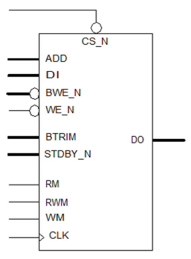Memory & Libraries IP
Welcome to the ultimate Memory & Libraries IP hub! Explore our vast directory of Memory & Libraries IP.
Memory & Libraries IP cores include a large listing of memory compilers, non-volatile memory (NVM), logic libraries, and IO solutions.
All offers in
Memory & Libraries IP
Filter
Compare
4,135
Memory & Libraries IP
from
86
vendors
(1
-
10)
-
Single Port High-Speed Multi Bank SRAM Memory Compiler on GF 22FDX+
- Ultra-Low Leakage - GLOBALFOUNDRIES low-leakage 6T L110 bit cells with High Vt and low leakage periphery to ensure minimal leakage and high yield.
- Multi-Bank Architecture - Memory split into 1 to 4 banks for reduced bit line length and enhanced timing.
- Ultra Low Power Standby - Built-in source biasing trims standby current to a minimum for data retention.
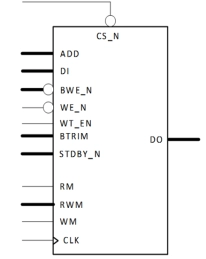
-
Dual Port Register File Compiler (1 Read-only port, 1 Write-only port) - GF 22FDX+
- Uses 8T-TP185SL bit cells.
- Isolated Supplies: Periphery and array power domains can be independently powered down in standby mode.
- Deep Sleep Standby Mode: Memory retains data at minimal power via internal biasing.

-
High Speed Single Port Compiler on TSMC 40nm ULP
- Low voltage
- Ultra low power data retention
- Self biasing
- Soft error immunity
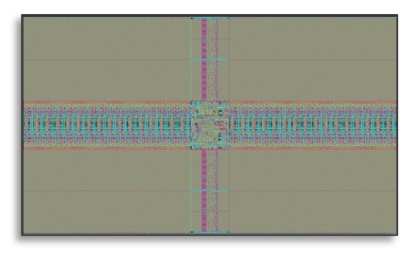
-
Single Port Register File Compiler on N22ULL
- Ultra-Low Leakage: High VT (HVT) are used to minimize leakage performance.
- Bit Cell: Utilizes Foundry’s 6T bit cells to ensure high manufacturing yields
- Deep Sleep Mode Retains data a minimal power consumption. Dedicated standby mode reduces power required to an absolute minimum to retain the memory contents.
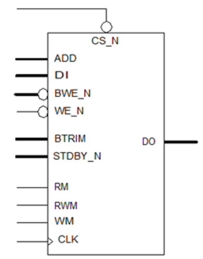
-
Single Port High Speed SRAM Memory Compiler on N22ULL
- Ultra low power data retention. Memory instances generated by the Bulk 22ULL go into a deep sleep mode that retains data at minimal power consumption.
- Self biasing. The SP SRAM 22ULL internal self-biasing capabilities provide ease of IP integration.
- High yield. To ensure high manufacturing yield, bulk 22ULL uses low leakage 6T (0.110µ2) bit cells and is consistent with Design for Manufacturing (DFM) guidelines for the Bulk 22ULL process.
- High usability. All signal and power pins are available on metal 4 while maintaining routing porosity in metal 4. Power pins can optionally be made available on metal 5 to simplify the power connections at the chip level.
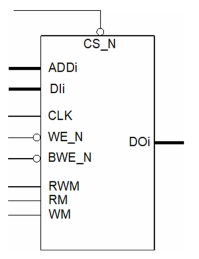
-
Single Port Low Voltage SRAM Memory Compiler on N22ULL - Low Power Retention and Column Repair
- Ultra-Low Leakage: High VT (HVT) are used to minimize leakage performance
- Bit Cell: Utilizes Low Leakage 6T bit cells to ensure high manufacturing yields
- Ultra Low Power Standby: Internally generated bias voltage for low leakage data retention
- Isolated Array and Periphery supplies: Periphery voltage can be shut off to further reduce standby power
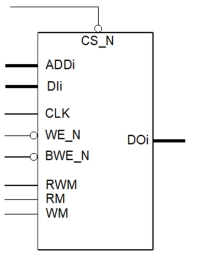
-
Single Port Low Voltage SRAM Memory Compiler on N22ULL
- Ultra-Low Leakage: High VT (HVT) are used to minimize leakage performance
- Bit Cell: Utilizes Low Leakage 6T bit cells to ensure high manufacturing yields
- Ultra Low Power Standby: Internally generated bias voltage for low leakage data retention
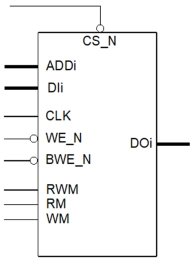
-
Dual Port (1 read only port, 1 write only port) Register File Compiler on N22ULL
- Ultra-Low Leakage: High VT (HVT) are used to minimize leakage performance.
- Bit Cell: Utilizes Foundries 8T bit cells to ensure high manufacturing yields
- Deep Sleep Mode Retains data a minimal power consumption.
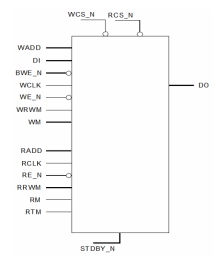
-
Single Port Low Leakage SRAM Memory Compiler on GF 22FDX+
- Ultra-Low Leakage: High VT (HVT) and low leakage (LLHVT) devices are used with source biasing to minimize standby currents while operating at low voltage
- Bit Cell: Utilizes GlobalFoundries® Ultra-Low Leakage 6T (P110UL) bit cells to ensure high manufacturing yields
- Five Power Modes: High Performance, Low Leakage, Standby, Retention, and Power Off modes provide flexibility for power optimization
- Speed Grades: Three options to adjust the speed/leakage balance and optimize for high speed or low power operation
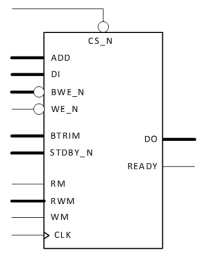
-
Single Port Low Leakage Register File Compiler - GF 22FDX+
- Ultra-Low Leakage: High VT (HVT) and low leakage HVT (LLHVT) devices used with source biasing to minimize standby currents while operating at low voltage.
- Bit Cell: Utilizes GlobalFoundries® Ultra-Low Leakage 6T (L110) bit cells to ensure high manufacturing yields.
- Four Power Modes: Active, Standby, Retention, and Power Off modes provide flexibility for power optimization
